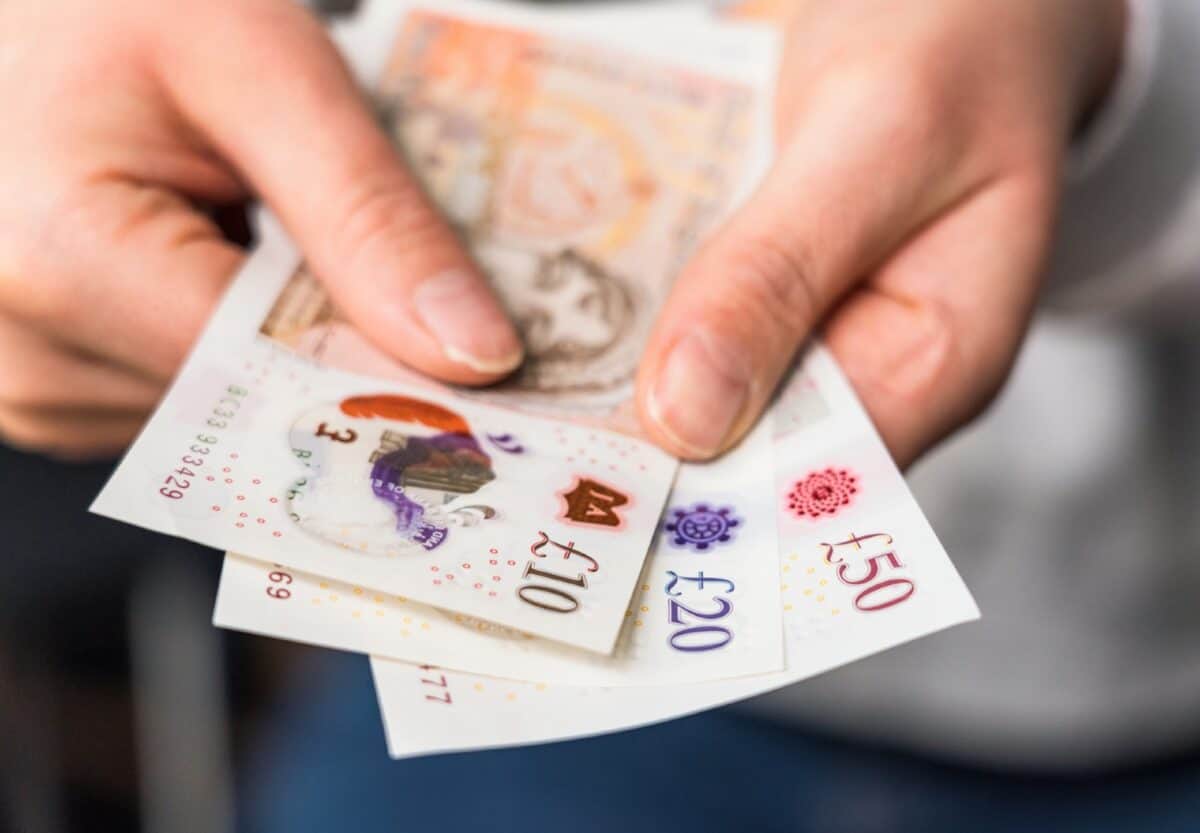The Barclays (LSE:BARC) share price has performed well lately. Since April 2023, it’s increased by 28%. But it’s still 12% below its January 2022 level. And its market cap is around 60% lower than 10 years ago.
On paper, it looks like a bit of a bargain.
Using its balance sheet at 31 December 2023, its price-to-book (P/B) ratio is 0.39. In other words, if it sold all its assets, and used the proceeds to clear its liabilities, there would be 476p a share left over to return to shareholders. That’s more than 2.5 times the price at which its stock currently changes hands.
Its status as a ‘cheap stock’ is further enhanced by a comparison with other FTSE 100 retail banks. Their P/B ratios — NatWest Group (0.63), Lloyds (0.7) and HSBC (0.8) — are all considerably higher.
Devil in the detail
But after delving a little deeper, it’s clear to me why it trades at a discount to its peers.
Barclays’ return on tangible equity (RoTE) — a measure of how efficiently it uses its assets — lags behind the others. In 2023, excluding restructuring costs, it was 10.6%. For the same period, its rivals — HSBC (14.6%), Lloyds (15.8%) and NatWest Group (17.8%) — all did better.
Fortunately for shareholders, Barclays has acknowledged that it has a problem.
The bank’s CEO, CS Venkatakrishnan, told analysts in February that he has a “vision of a better run, more strongly performing, higher returning bank”.
Central to his plan is a target RoTE of at least 12%, by the end of 2026.
If the bank had achieved this in 2023, its post-tax profit would have been £5.7bn higher. That’s over twice its reported figure of £5.3bn.
Its shares currently trade on a multiple of 5.2 times its 2023 earnings. On this basis, if it could achieve annual profits of £11bn, its market cap would be £57.2bn. That’s over twice what it is today.
Therefore, if Barclays can successfully deliver its improvement plan on time, I think there’s a good chance that its share price could double before the end of 2026.
Big ideas
However, it’s always easier to prepare a turnaround plan than to implement one.
To improve its RoTE, the bank wants to invest more in its most profitable divisions.
It also intends to exit the retail market in Germany and Italy, and focus exclusively on the UK. To achieve further efficiencies, it plans to streamline its operations by consolidating into three business units.
And more redundancies are planned as it seeks to bring its cost-to-income ratio down from 63% to the “high fifties”. For comparison, Lloyds’ was 54.7% in 2023.
But there are risks. Barclays has a history of breaking all sorts of rules and regulations, which has seen it incur an eye-watering £16bn of litigation costs over the past decade. It’s also likely to see its margins squeezed as most economists seem to think that interest rates have now peaked, and that they could soon be on their way down. Plus share prices don’t always follow profit figures.
Yet if I didn’t already have exposure to the sector, I’d be happy to buy. In fact, once I’ve received my special dividend from HSBC — following the sale of its Canadian business — I’m going to seriously consider selling and buying Barclays shares instead.








